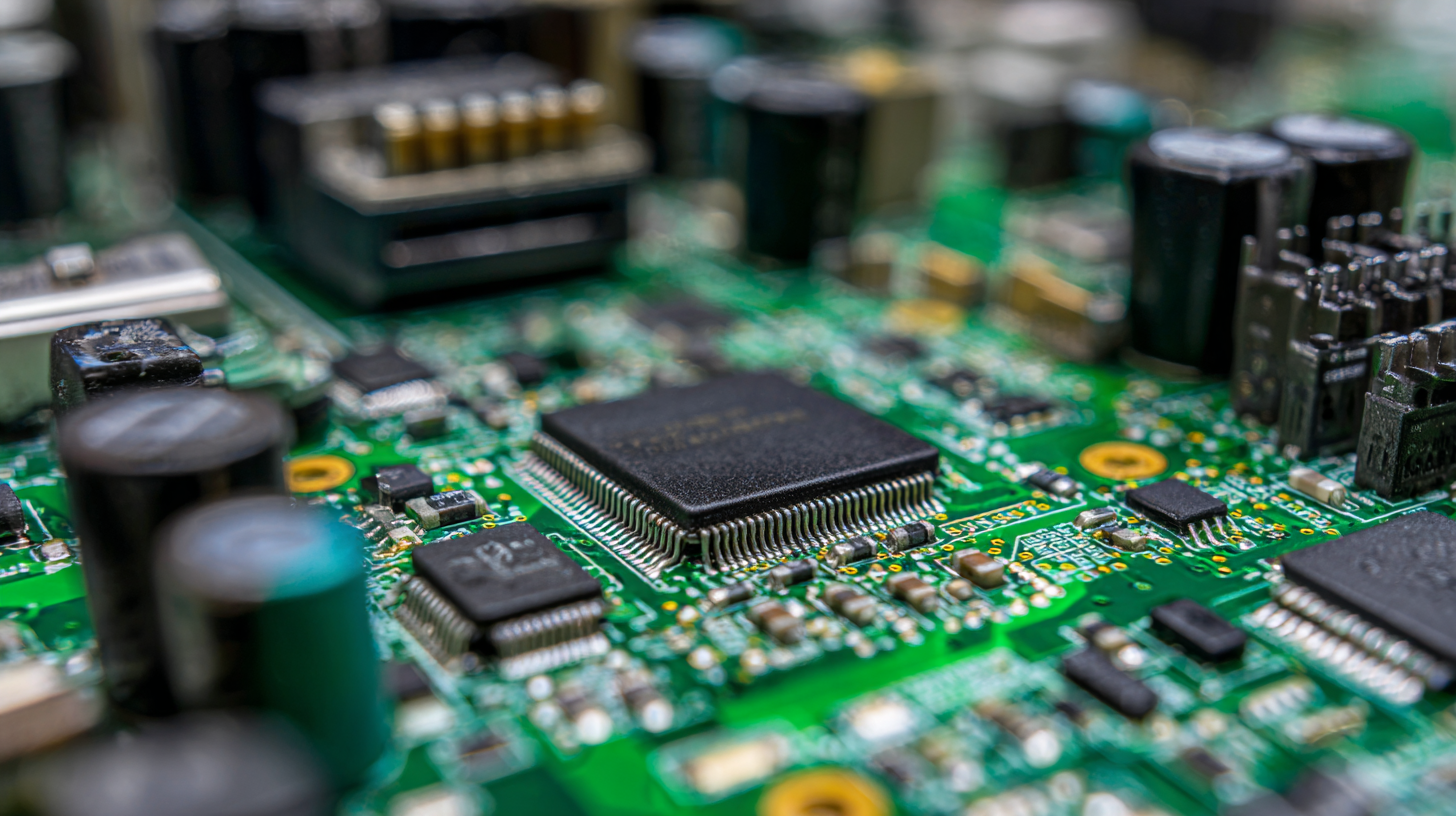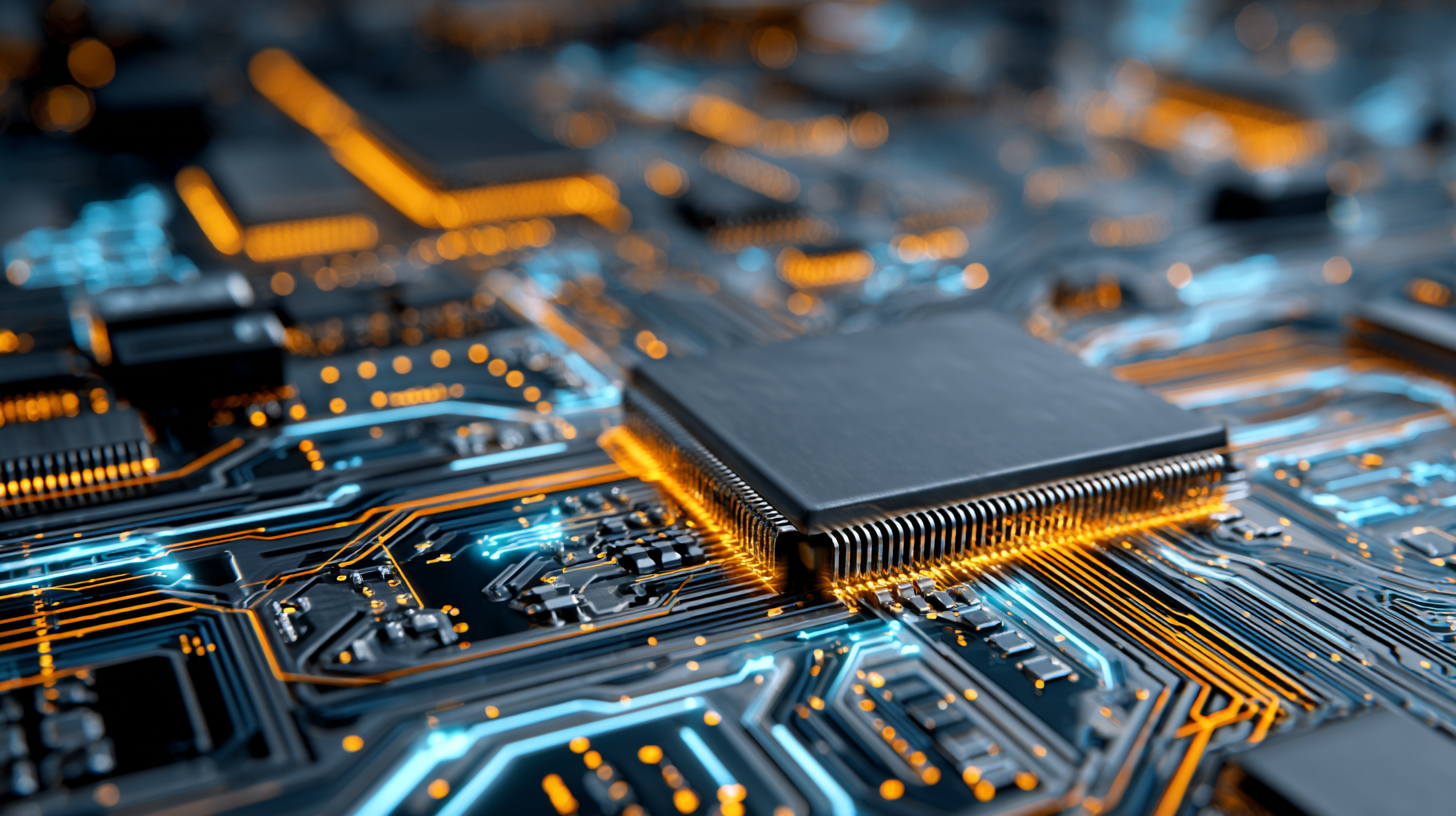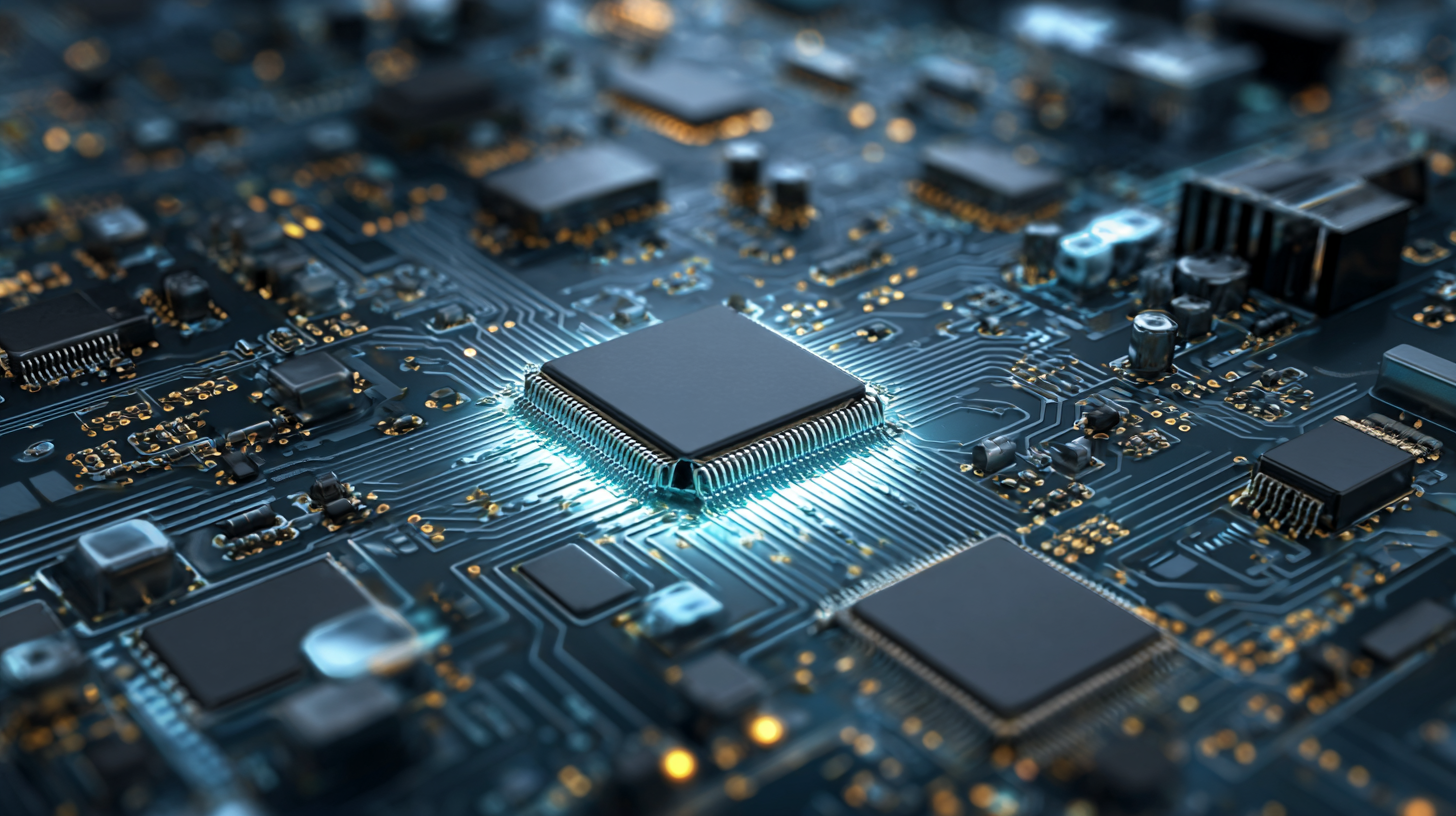As we move towards 2025, the landscape of PCB production is undergoing a significant transformation driven by emerging technologies and shifting market dynamics. According to industry reports, the global PCB market is projected to reach USD 100 billion by 2025, with China expected to maintain its leadership position, contributing over 50% of the worldwide output. This growth is propelled by advancements in automation, artificial intelligence, and sustainable manufacturing practices, enabling global buyers to capitalize on enhanced efficiency and reduced costs.

To remain competitive, stakeholders must navigate these trends and leverage the innovations within China's manufacturing ecosystem, which is increasingly adopting smart manufacturing techniques and advanced materials. Understanding these dynamics is crucial for global buyers looking to optimize their PCB sourcing strategies in an evolving technological landscape.
Emerging technologies are poised to revolutionize PCB production techniques, driving efficiency and innovation in the manufacturing landscape. With the rapid development of automation and artificial intelligence, manufacturers are now equipped to optimize production processes, ensuring higher precision and reduced lead times. These advancements allow for a more streamlined approach to PCB design and fabrication, catering to the growing demand for complex electronic devices in various industries.
Furthermore, the integration of sustainable practices through emerging technologies is transforming the PCB production sector. Utilizing eco-friendly materials and energy-efficient processes not only aligns with global sustainability goals but also appeals to conscious consumers. As companies navigate the evolving landscape, leveraging these technological innovations will be crucial for enhancing competitiveness and meeting the escalating expectations of quality and efficiency in the market. The synergy of technological progress and sustainable practices is set to define the future of PCB production.
| Trend | Description | Impact on Production | Emerging Technologies |
|---|---|---|---|
| Automation | Increased use of automated machinery in PCB assembly and manufacturing. | Reduces labor costs and improves precision. | Robotic automation, AI-driven systems. |
| Sustainable Practices | Adoption of eco-friendly materials and processes in PCB production. | Meets regulatory requirements and consumer demand for sustainable products. | Biodegradable substrates, lead-free solder. |
| 3D Printing | Utilization of 3D printing technology to create complex PCB designs. | Enhances design flexibility and reduces time to market. | Additive manufacturing technologies. |
| Internet of Things (IoT) | Integration of IoT devices in PCBs for enhanced functionality. | Enables smarter products and more efficient monitoring systems. | Smart sensors, connectivity modules. |
| Advanced Materials | Research and development of new materials for PCBs. | Enhances durability and thermal performance. | Flexible PCBs, ultra-thin materials. |
As we navigate the trends in PCB production towards 2025, the integration of automation technologies is significantly enhancing manufacturing efficiency. The printed circuit board (PCB) industry, a cornerstone of modern electronics, plays a crucial role in the functioning of various devices, from smartphones to home appliances. Reports forecast a substantial growth in the demand for PCBs, with the market seeing an increased focus on automation to meet the evolving industry standards and production requirements.
Recent advancements, particularly in artificial intelligence (AI), are automating PCB design processes, streamlining production workflows, and reducing human error. A noteworthy example is the utilization of AI-driven tools that expedite circuit board design, potentially increasing overall productivity and product quality. Furthermore, the implementation of smart factory solutions is gaining traction, with industry players recognizing the importance of adopting innovative technologies to optimize operations. For instance, automated drilling machines are emerging as a critical component in meeting the heightened precision demands of PCB manufacturing.
The shift towards smart manufacturing is not just about maintaining competitiveness; it also reflects a larger trend of integrating Electronic Design Automation (EDA) within the semiconductor and PCB sectors. With studies highlighting the potential for EDA solutions to drive collaborative efforts and innovation, stakeholders are encouraged to leverage these technologies. In conclusion, as the PCB landscape evolves, automation will undoubtedly play a pivotal role in transforming production efficiency and shaping the future of the industry.
This chart illustrates the projected growth in the adoption of automation technologies in PCB manufacturing from 2023 to 2025. The percentage indicates the expected increase in efficiency and output due to these advancements.
As the landscape of PCB production evolves, selecting the right materials becomes increasingly crucial for manufacturers aiming for future readiness. Emerging technologies are changing traditional material choices, pushing the envelope on performance and sustainability. For instance, advancements in flexible and biodegradable materials are becoming pivotal in meeting both consumer demands and regulatory pressures. Buyers should actively seek out these innovations, as they not only enhance product functionality but also align with global trends toward sustainability.

Additionally, the rise of high-frequency applications necessitates a shift in material selection strategies. Materials such as low-loss substrates and advanced laminates are essential for ensuring optimal performance in 5G and IoT applications. Global buyers must keep abreast of these developments to ensure that their PCB designs are competitive. Collaborating closely with suppliers who understand these trends will enable manufacturers to harness the full potential of emerging technologies, paving the way for success in the dynamic PCB market.
Sustainability has emerged as a critical focus in printed circuit board (PCB) production, with global environmental standards shaping the industry's future. As awareness of environmental issues grows, manufacturers are increasingly challenged to align their processes with eco-friendly practices. This includes adopting sustainable materials, reducing waste, and ensuring that the production processes comply with international regulations. By integrating green technologies, PCB producers are not only minimizing their ecological footprint but also enhancing their appeal to environmentally-conscious buyers.
Incorporating sustainability into PCB production provides significant advantages for global buyers. Companies prioritizing eco-friendly production gain access to a broader market, as more clients prefer to support environmentally responsible vendors. Furthermore, leveraging emerging technologies, such as advanced recycling methods and energy-efficient manufacturing techniques, can lead to cost savings in the long run. As industry standards continue to evolve, staying ahead with sustainability initiatives not only meets compliance requirements but also fosters innovation, positioning businesses as leaders in the competitive landscape of PCB production.
As the landscape of PCB production evolves in 2025, global buyers are presented with myriad opportunities to form partnerships with trusted Chinese manufacturers. The rapid technological advancements in manufacturing automation and the integration of AI-driven quality control systems have drastically enhanced production efficiency and product precision. Reports indicate that the global PCB market is projected to reach $80 billion by 2025, with a compound annual growth rate (CAGR) of over 4%. This growth emphasizes the need for buyers to strategically align with reliable suppliers who are adaptable and responsive to market changes.

Moreover, amid the shifting dynamics of international trade, buyers must be acutely aware of the geopolitical shifts influencing supply chains. Recent trends reveal a cautious decoupling from Chinese suppliers by notable economies, with options like Indian MSMEs emerging as potential alternatives. However, the unique capabilities and technological prowess of Chinese manufacturers remain difficult to replicate. Therefore, it is crucial for global buyers to leverage China's deep-rooted expertise in the PCB sector by establishing partnerships with manufacturers who adhere to international quality standards and ethical practices. This strategic engagement can ensure a sustainable supply chain in a competitive marketplace while navigating the complexities arising from ongoing geopolitical tensions.
Address :
Absolute Electronics Services LLC
330 W Fay Ave
Addison, IL – 60101
2025 Absolute Electronics Services, All Rights Reserved